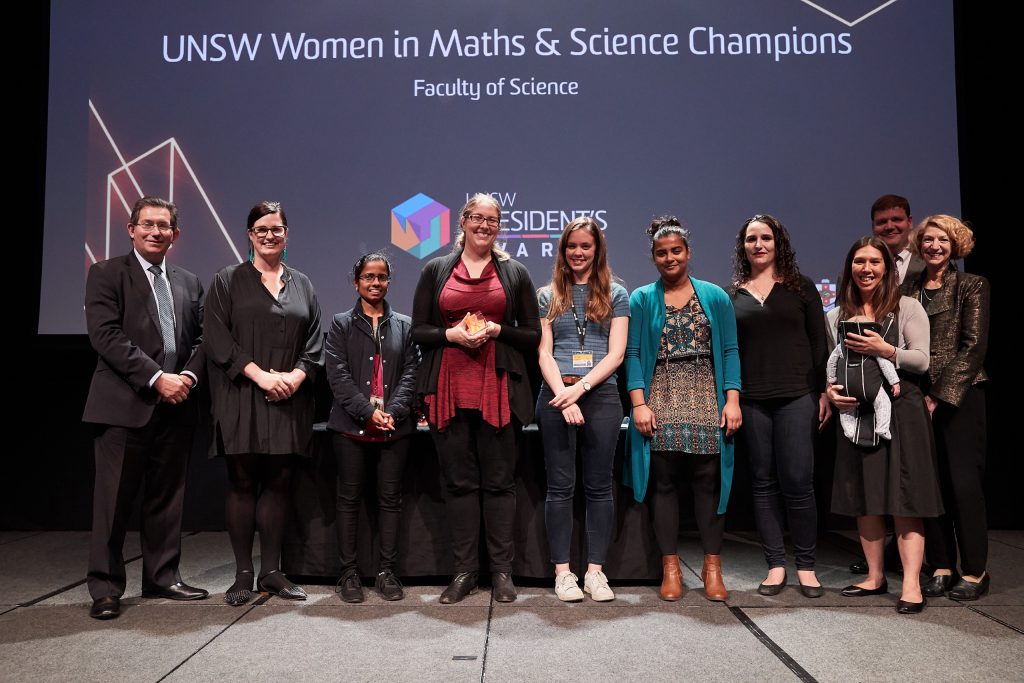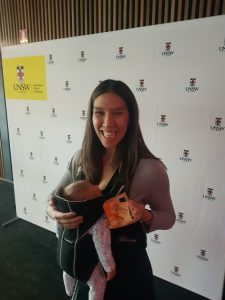By Amelia Vasiliou
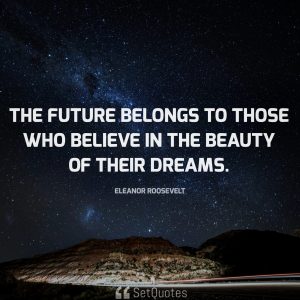
What would I like to be? Today, I live in a land of opportunity. The world is at my feet. There are so many choices and so many careers but which one is right for me? There are doctors, lawyers and engineers. Tradesmen, soldiers and CEOs. There are boundless possibilities. How can I choose what I will make of myself? I don’t currently know what particular job that I want to have, but I know what field I want to work in. For the past fews years I have had the opportunity to attend high school and learn about a topic I love: Science.
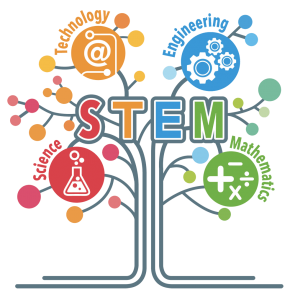 At the end of my life, I don’t want to be famous. I don’t want the media to cover my death and slander my name a few years after they praised me and all that I did. I only want to be remembered by a few: My friends, family and those I helped. I want to work in a STEM career that interests me and will allow me to help others. I want to work in a field that will ensure that I am constantly learning, growing and never in a dull moment. There are so many choices, but I will tell you of two near the top of my list.
At the end of my life, I don’t want to be famous. I don’t want the media to cover my death and slander my name a few years after they praised me and all that I did. I only want to be remembered by a few: My friends, family and those I helped. I want to work in a STEM career that interests me and will allow me to help others. I want to work in a field that will ensure that I am constantly learning, growing and never in a dull moment. There are so many choices, but I will tell you of two near the top of my list.
Ever since I was little I have been entranced and intrigued by the idea of flight and space travel. Of going further than we’ve ever gone before. As a young child, my love of flight was mainly focused on Peter Pan, but since the fantasy of soaring through the air to Neverland was just that, a fantasy, I soon turned to the only realistic way a human being can defy gravity: space travel. Being also a history lover, I became obsessed with the history of space flight and how far we’ve come, from earth to the moon and now maybe, to Mars. From the history, I turned to the science and for a while, set my sights on becoming an aerospace engineer. By 2030, I hope to be in a STEM career and maybe, this career will involve me, as an aerospace engineer, working for a space agency.
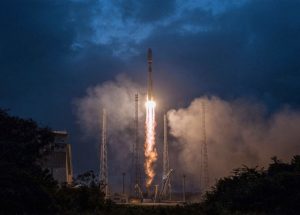
But how can I combine this with my desire to help people? Aerospace engineers can improve flight technology and safety features on aircrafts. They are also often the ones who actually get the astronauts to space. They do design the spacecrafts after all. Ever heard of the saying ‘Teamwork makes the dream work’? This applies to aerospace engineers but can also mean that the make the dream. How many young children do what I used to do: look up at the stars and just think “Wow. There are people up there.”? Aerospace engineers are part of the reason it’s possible to get people to space, and part of the reason that the next generation can dream of going further than their forefathers.
I do admit though, albeit that aerospace engineering is an exciting field to work in, it wouldn’t really allow me to help people as much as I’d like. Yes, I would still try to do charity work and go on missionary trips but that wouldn’t really be a part of my career. This brings me to another of the many career opportunities out there, but this time in a field renowned for helping people: medicine. I’ve heard all the lectures about medicine: “You should study medicine, it pays well”, “It’s really difficult to get in to. You’d need a really good ATAR”, “You should become a surgeon like in M*A*S*H*!” (credited to my mum), or the ever popular, “You become doctor and I get you car!” (thanks παπού). But really though, what if I was working in a medical field by 2030? If I was, I’d probably choose to be a surgeon. To save lives. A difficult, risky profession, but worth it. I’d get to help countless people as well as continue to learn in a career with never a dull moment. There would be failure, pain and loss, but there would also be hope, joy and relief. I have seen a little of what death and pain does to people, so preventing that would be a very noble pursuit.

I’m not one for cameras, bright lights and fame. I may be loud and I may be trouble but I think I prefer to fly under the radar. I don’t want public attention for what I do, I just want to do my best and see where life leads me. By 2030, I want to be working in a STEM career, whether that be aerospace engineering or surgery or something completely different. I know roughly where I want to be.
Now to get there.



